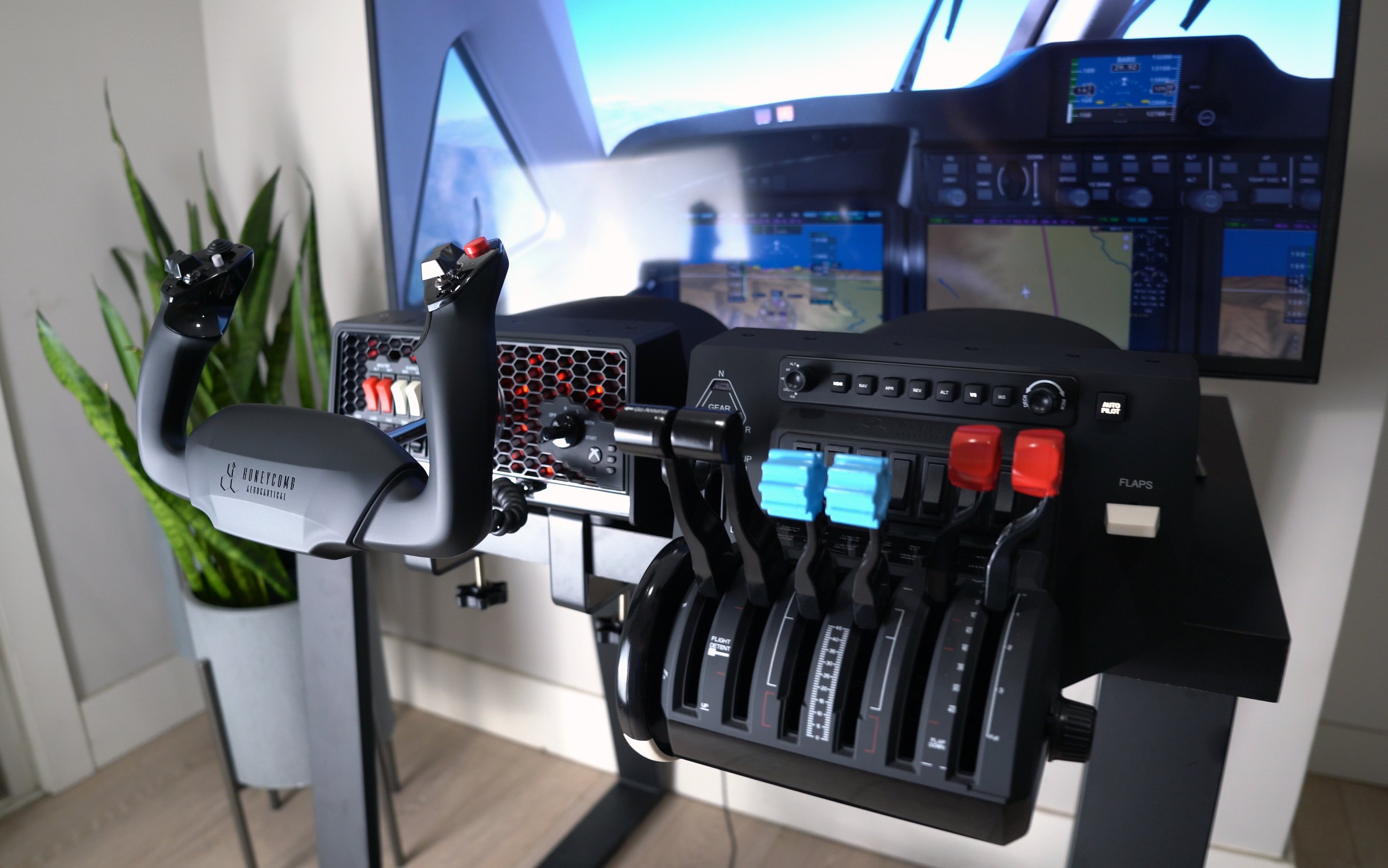Crashnburn
Pattern Altitude
My yoke suddenly started getting sensitive in pitch around the neutral position. Also, the button that allows me to change viewpoint stopped working. (I know it's the yoke because my Eclipse yoke doesn't have that problem.
I have an email in to Honeycomb-Aeronautical, but so far no response, and I can't even leave a voice mail!
I'm wondering if any of you have run into this problem, and if so, how you fixed it.
Unless I get some support from Honeycomb, I won't be buying anything else from them.
Thanks
I have an email in to Honeycomb-Aeronautical, but so far no response, and I can't even leave a voice mail!
I'm wondering if any of you have run into this problem, and if so, how you fixed it.
Unless I get some support from Honeycomb, I won't be buying anything else from them.
Thanks


